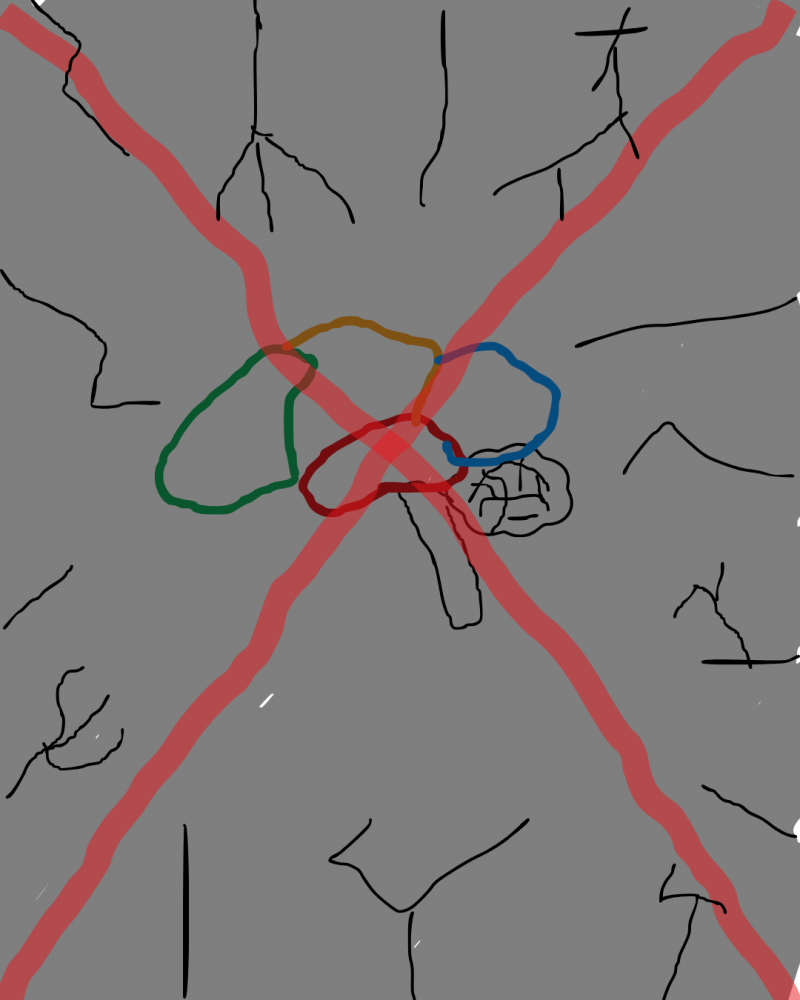The article we have covered in a previous week, “The New Neurometabolic Cascade of Concussion” by Christopher Giza and David Hovea was an article about the various neurological aspects of the traumatic impacts of a concussion. Basically, it works as following; we know from even our introductory Neuroscience classes that the brain can be a very delicate organ full of life and power due to the beyond constant action potentials. However, must that process fail, such as damages interrupting this process along the way, various things can go wrong to cause a tragic concussion.The topic today is why people should care about this topic and what the people must know, so without further ado let’s get reading!
The article informs us that some of the distinguishable characteristics of a concussion are connected to both trauma and neurodegeneration. Though, the article specifically focuses mainly on damages. As a result of this connection, we can now classify concussions as a dangerous emergency scenario worthy of calling the infamous 911/999 number upon encounter.
Figure two from the article mentioned above is specifically excellent at explaining the despairing severity of a concussion at a cellular level where it was needed (excellently timed, or in other words placed well). That piece is simultaneously even a diagram which shows what goes wrong with a concussion at the micro-scale which were broken neurons leading to leakage of essential components (neurotransmitters, energy, potassium, calcium, and more)^1. Although, it could feel a tad bit overwhelming if you’re not too familiar with the applied terms of figure two in the Neuroscience field. This was an excellent piece to me for it is maximized simplicity because, for clear reasons, that kind of thing strongly helps. The figure may also benefit people uninvolved in Neuroscience as well because figure two works similarly like speech bubbles in comic books with all the brief, yet descriptive, labeling, and I find that effective myself in general because it’s easy on the eyes to track or logicate.
Now, at this point, one, such as yourself, may wonder why people really should care about all the above information. Well, let’s answer with essential basics to answer ourselves by quickly asking ourselves something simpler first; what really is a concussion? Well, concussion is not very nice at all and looks even worse when examined scientifically. According to Mayo Clinic, a concussion is defined as a, “mild traumatic brain injury that affects brain function….”^2 Considering that we know the brain to be the most vital organ of all in the body, it’s no shock that such a scenario is serious and even severe. This reminds me of something.
This human body response to direct brain trauma, a concussion, reminds me of my own concept of “alternative neurology.” Alternative neurology is a concept I have conceptualized in class just a couple weeks ago. Alternative neurology is the term, or in other words an unofficial term, for the brain’s ability to adapt to form after damages forces cell death and other happenstances. My term may sound much like neuroplasticity, a word used to reference the brain’s ability to adapt to stimulus in general, but rather alternative neurology adaptation refers to so-called “bad stimulus” solely whereas neuroplasticity includes any stimulus at all.
Footnotes Citation:
1) “The New Neurometabolic Cascade of Concussion” by Christopher Giza and David Hovea.
2) https://www.mayoclinic.org/diseases-conditions/concussion/symptoms-causes/syc-20355594
Featured image: artstract representing the terrors of a concussion. The brain represents itself. The darkness represents the sudden and tragic faint. The cracks framing the piece, some made to uncomfortably resemble hands, represents the tension, pain, and infamous sudden sense of doom victims experience.
